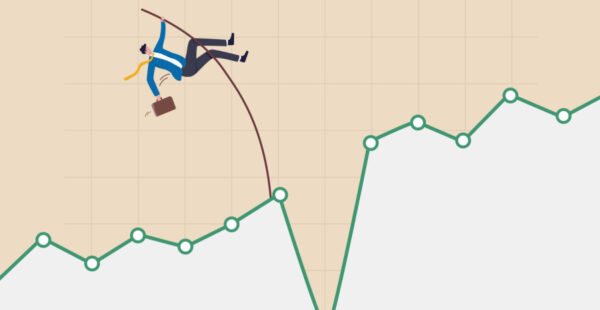“Winners will coexist with losers”: The state of EM amid Trump 2.0

Emerging markets (EM) are set to face “far from uniform” impacts of potential new US tariffs and trade policies, according to global active manager, Ninety One, as global markets continue to brace for Trump 2.0.
Peter Kent, Co-Head of Emerging Market Fixed Income, and Archie Hart, Co-Portfolio Manager, Emerging Markets Equities and authors of the investment manager’s 2025 outlook said EM market performance directly following the election had already been mixed, feeding into the growing uncertainty.
“Beyond the alarming headlines around Trump’s trade policy, US trade protectionism and a more aggressive stance towards China is not a new phenomenon. Many measures introduced in Trump’s first administration were left unchanged under President Biden. Of course, there is much uncertainty around the eventual magnitude and focus of any new tariffs under Trump 2.0 – and whether tariffs are used as a stick, a carrot or as a genuine means to rebalance trade – but the impact on individual emerging markets is likely to be highly diverse, regardless,” Kent and Hart said.
“[Post election performance] highlights the huge diversity of the investment universe – in terms of economic structure, fundamental strength and trade relationships. While Trump 2.0 raises uncertainty around the size and shape of future tariffs, any impact on emerging markets will be far form uniform. Winners will coexist with losers.
“For instance, a global rewiring of supply chains to increase resilience was set in motion some years ago – other emerging market economies will continue to benefit from diversification away from China, and the US cannot start to produce many of these goods immediately, but a gradual shift makes for less sensational headlines.
“Additionally, the new Trump administration could bring some positive developments for emerging market investors. Trump’s apparent desire to bring an end various conflicts – namely in Ukraine and the Middle East – could remove the geopolitical risk premium priced into many emerging market assets.”
Kent and Hart also suggested investors keep their sights on Chinese manufacturers, Chinese technology and India, which is expected by select commentators to surpass China as the largest emerging equity market in the next three to five years.
“Chinese manufacturers could see a significant growth opportunity in Africa and Asia. They are huge markets that are growing considerably faster than Europe and the US with much less capacity and far lower competition. Companies that position themselves to benefit from this shift look poised for strong growth,” they said.
“Elsewhere, a range of very diverse economies are benefiting from supply chains resetting and shifting around. For instance, Eastern Europe has become an attractive destination for German and French companies to outsource to. In Asia, ASEAN2markets are benefiting from companies moving out of China and looking to diversify some of their risk. Investors can find plenty of interesting opportunities in this category.
“Although it’s going to be increasingly difficult for China to sell an electric vehicle into the US or Europe, taking a pan-emerging market view, there is significant growth potential in another sector: technology. Between 35% and 40% of the market cap in emerging markets is now technology related in one form or another. The tech sector is what has driven the US equity market in recent years; a similar phenomenon could drive emerging markets going forward, with the potential to take many market participants by surprise.
“India is a transforming economy, with a range of government policies implemented over the past few decades now feeding through into economic growth and company profits. Perhaps one of the most significant, but least talked about, is the initiative to give everybody an identification number (Aadhaar), effectively allowing 500 million people to become economically active; the scale of this rise in economic participation is staggering.
“However, the more visible and tangible transformations in India – a country that’s building 45 kilometres of road every day, creating its first high-speed railway, undertaking a variety of metro projects, and building new ports, etc. – have not gone unnoticed by investors. India’s equity market is now trading at a growth premium; expectations are high, and valuations look stretched. Yet there are some great companies to invest in – should a correction take place in the equity market in 2025, valuations should become more reasonable. In the meantime, investors need to be highly selective and avoid getting caught up in the euphoria.
“Turning to India’s fixed income market, the country’s inclusion in the flagship emerging market local bond index in 2024 underscores the maturity of the asset class. Significant evolution over the past 20 years has created a higher quality, more diverse and less volatile market, with India’s inclusion a welcome development in that regard.”











The PHD in economics is the scariest. How many academics actually understand the real world
Money is leaving at a slower rate with this being considered by AMP management as a positive. Australia's Money Pit…
"Our recently launched digital advice solution for AMP Super members is providing simple, intuitive retirement advice at no extra cost.”…
Assistant to Bill Shorten...FoFA, A time when dozens of submissions were made, 90 odd submissions ranging from clients be sent…
Only way to get that 1.25 times back will be to move clients from Brighter Super into their SMA on…